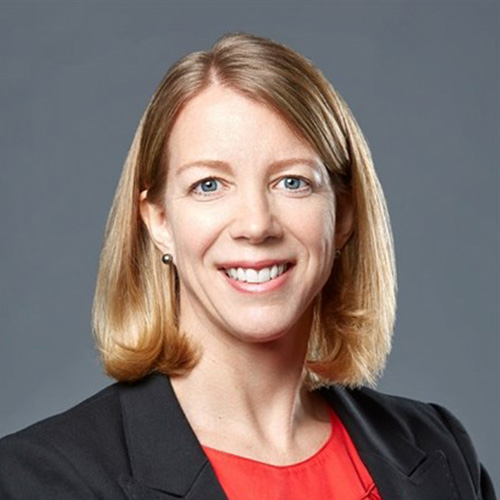Scientific Programme
Plenary Session
PS-PL03 - Exercise science and medicine in the era of incretins and exercise mimetics
Date: 04.07.2025, Time: 16:15 - 17:30, Session Room: Anfiteatro
Description
This talk will address recent global issues arising from novel pharmacological approaches to modify physiology, behaviour and metabolic health in humans. The potentially critical role of exercise, particularly resistance-based training, during incretin (Ozempic) therapies will be considered in the context of the effect of these blockbuster new therapies which radically alter body composition. The past decade has also witnessed growing scientific and commercial interest in the identification of bioactive oral compounds that mimic or potentiate the effects of exercise, so-called 'exercise mimetics.' This has raised the controversial issue of whether such agents may one day replace exercise as treatments for a number of chronic diseases in humans. These issues will be explored in the context of the future role of exercise specialists in guiding personalised exercise prescription that optimises preventative outcomes in healthcare systems that are currently focussed on service provision that occurs after diseases have manifested and are difficult and expensive to treat.
Chair(s)

Maureen MacDonald
McMaster University, Kinesiology
Canada

Antonio Paoli
University of Padova, Dept. Biomedical Sciences
Italy
TBA
TBA
TBA
TBA
